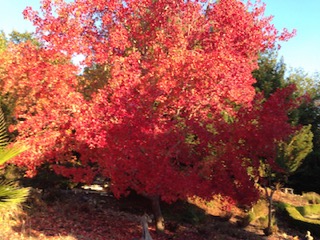Autumn Aromas
By Cynthia Brian “Fall, leaves, fall; die, flowers, away; Lengthen night and shorten day!...
Read Moreby Cynthia Brian | Nov 11, 2022 | Empowerment | 0 |
By Cynthia Brian “Fall, leaves, fall; die, flowers, away; Lengthen night and shorten day!...
Read Moreby VoiceAmerica | Jun 29, 2020 | Empowerment | 0 |
“I should like to enjoy this summer flower by flower as if it were to be the last one for me.”...
Read Moreby VoiceAmerica | Jun 10, 2020 | Empowerment | 0 |
https://www.lamorindaweekly.com/archive/issue1408/Digging-Deep-with-Goddess-Gardener-Cynthia-Brian-V...
Read Moreby VoiceAmerica | Nov 20, 2014 | Empowerment, Variety | 0 |
âGratitude is the fairest blossom which springs from the soul.â Henry Ward Beecher As...
Read More




